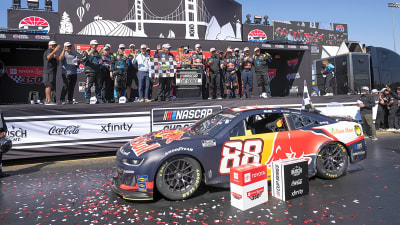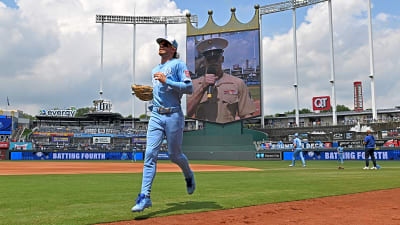
Ball and strike calls by umpires continue to be discussed in Major League Baseball. Egregious calls can change the complexion of an inning and possibly the game. As technology improves, Major League Baseball is trying different methods to make the game more fair and balanced while still keeping the human element present.
Example on Friday’s game where Nathaniel Lowe should have walked
First, MLB tried a total robotic zone with little wiggle room, but in 2024, MLB tested a new challenge system in the minor leagues. I spoke with Davis Wendzel, who has appeared in 21 games at Triple-A Round Rock, about his experience with the Major League challenge system, and he gave me some insight into its basis.
- Teams are given six challenges in total per game. Three are given to the hitting side and three to the pitching side.
- If a team is going to challenge, the challenge has to come pretty immediately. Dugout help is not allowed compared to today’s MLB challenge system, where teams have a short period to decide whether they want to challenge reviewable plays.
- Once a team initiates a challenge, the Jumbo Tron will typically show the zone and where the pitch is, similar to tennis when a player challenges an in or out call by the chair official (I believe they call these Hawkeye calls or challenges).
- As long as the team is successful in all of its challenges, it can challenge as many times as it wants.
- There is no wiggle room in the zone, but according to Wendzel, it is better than last year’s presentation of the strike zone. However, Davis mentioned that the top of the strike zone is still in question.
** NEW UMPIRE AUDITOR RECORD **
Umpire Angel Hernandez rang up Wyatt Langford on three consecutive pitches out of the zone.
The strikeout pitch missed outside by 6.78 inches.
This was the largest miss on a called strikeout in Umpire Auditor history. pic.twitter.com/BWmizkDsmD
— Umpire Auditor (@UmpireAuditor) April 13, 2024
Wendzel said he preferred this version of MLB’s ball and strike challenge system more than last year’s automatic ball strike counter. I agree with Wendzel’s assessment. You’re not taking the job away from the home plate umpire, but you are giving teams leeway if the umpire misses a critical call. It’s also a quick stoppage compared to the player arguing the call or a manager yelling from the dugout. If you’ve watched Wimbledon or any tennis, the challenge takes about 15-20 seconds, and the request is immediate. Overall, the team’s request for evaluation and the final result should take no more than thirty seconds.
Giving the team six challenges total is a good starting point, too. On average, about eight calls are missed per game, which, if we’re going by the 50/50 mark (four missed per side), would give each team two extra challenges to work with. However, we all know that misses are not balanced evenly in most games (some teams will benefit more than others).
I asked Wendzel about pitchers’ quick pitching, but he told me that during his time in the minor leagues, he never experienced that as an issue. However, it wouldn’t shock me to see pitchers try to quick pitch, knowing that a ball was called a strike. With baseball’s faster pace of play, hitters don’t have to worry about that, especially with runners on base, as umpires would call that a balk on the pitcher.
I like the idea MLB brought to the minors this season. It’s a compromise between having technology assist and letting umpires call the game. It does take pitch framing, a mechanic that the Rangers thrived on in recent years, somewhat out of the game. But if the opposition fails in their challenge, we revert to today’s pitch-calling world. It’ll also be fun if the system works similarly to tennis, where the crowd at the stadium gets into it along with the fans watching the game on television.
Now, if only we can get rid of non-reviewable plays, MLB.
More must-reads:
- Six takeaways from the 2025 MLB All-Star Game
- All-Star appearances shine a spotlight on Pirates' incompetence
- The 'No. 1 overall MLB Draft picks' quiz
Breaking News
Trending News
Customize Your Newsletter
 +
+
Get the latest news and rumors, customized to your favorite sports and teams. Emailed daily. Always free!








